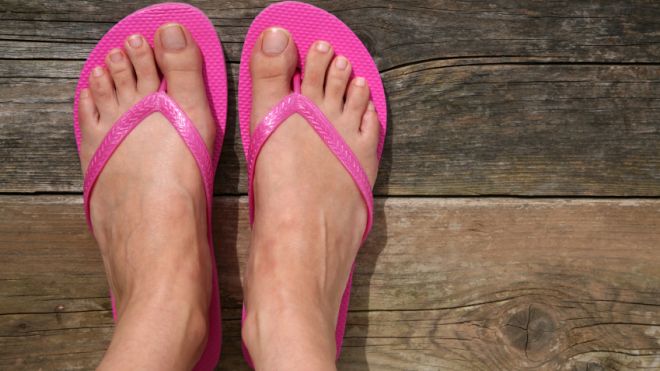Dealing with mean girls — and boys — in the workplace
Though most mean girls and tough boys of middle and high school grow out of their sophomoric behaviors, some cling to them well beyond college and into adulthood. That means you may encounter this behavior in the workplace. Author Meredith Fuller, a psychologist in Australia, interviewed over 200 women about mean girls in the workplace for her book, Working with Bitches. She discovered that certain personality “types” can make the lives of their coworkers miserable just as they did back in school. Grown women may feel some of the similar inhibitions they felt as teenagers when dealing with these difficult personalities in the workplace. Here are some of the most difficult personality types and how to deal with them: The Excluder:  She barely acknowledges you, pretends you don’t exist, fails to include you in important meetings and doesn’t bother giving you important information. How to cope: Most women don’t like to be disliked or excluded from the group, but ask yourself if you really want to be this person’s friend anyway. There’s a good chance you don’t. Her cold shoulder may simply be pushing a button of an earlier school girl experience. But if you flip your perspective and don’t take it personally, you may enjoy not having the burden of having to interact with her. This could be tricky, though, if you need information or input from her, but removing your emotional response will definitely ease these interactions. “Work out alternative ways to gather data or whatever else you need to do your job properly,” writes Fuller. Don’t try to push or goad her into communicating with you. You’ll just get the same treatment in spades. Instead, be civil and respond in a measured, mature way. That will help to diminish her effect on you.   The Screamer:  He yells to intimidate, insult and get a reaction. Like Ari Gold of Entourage, he's tightly wound and barks instructions at full volume. He’s critical and thinks he’s the only one who can get the job done correctly. He wants you to drop everything and race after whatever he's demanding. He’s volatile, impulsive and throws insults around the office. How to cope:  A screamer can’t hear you when he’s in a rage. So wait until he’s done before attempting to respond to his accusations. He probably doesn’t even want a response, because screaming is a one-way conversation. Trying to argue will only escalate it. Once you’ve identified a screamer, you can brace yourself to some degree for his outbursts – though they may still take a toll on you. Look at your own response to screamers, which is often influenced by your own experiences growing up. Do you find it highly distressing? Do you find it amusing, like watching a child have a tantrum? Or can you keep an emotional distance



